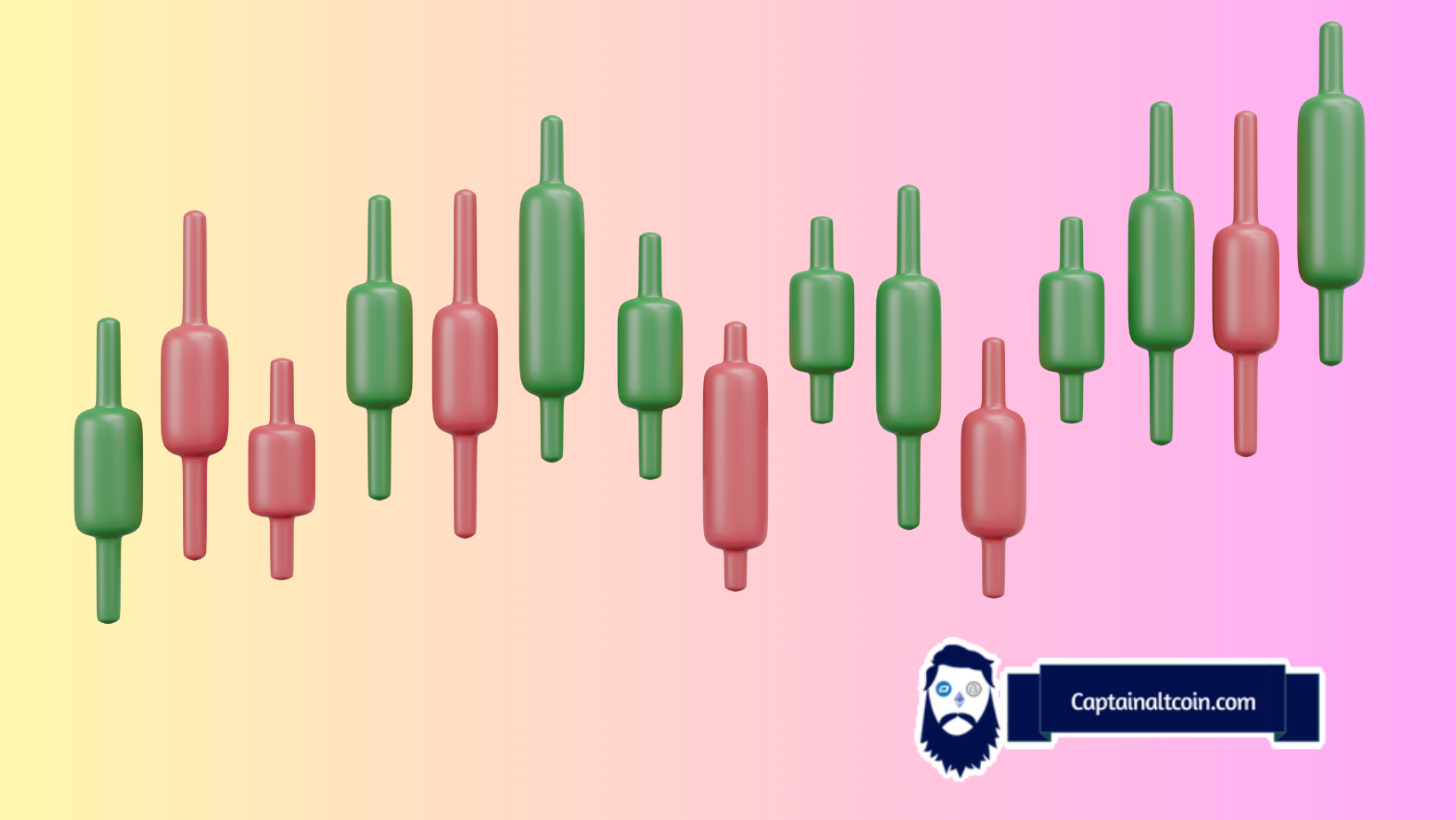
Want to trade like professionals? You’ll definitely need the trading skills and strategies that expert traders have. When comparing experienced traders to amateurs, one of the most notable distinctions is in how they approach the market on a daily basis. Experts have a set weekly schedule that yields the best transactions, while novices fumble from terrible trade to poor trade, hoping for some good luck along the way. If you develop a trading routine just like savvy traders, you could also be able to trade like a pro.
What you'll learn 👉
Trading Routine For Beginners To Trade Like A Pro
Here, we’ve shared the trading routine of experts that might help you know how expert traders perform their trading tasks and how they keep a balance between their work and lifestyle. So, let’s grasp and follow this trading routine.
- Setting Up Your Chart
If you want to be a successful trader, you need to automate as many procedures as possible and get rid of those that aren’t absolutely required. We will instruct you on how to arrange your desk and computer for optimal trading performance each day. We strongly advise keeping your trading and charting activities entirely separate; this is something we have emphasized before and will say again. We utilize tradingview.com for our charting needs and only open our broker’s trading interface when we’re ready to make a transaction.
The reason is that while charting and trading on the same platform, traders are never more than a mouse click away from starting a new trade, and once in a trade, they always have their orders in plain sight, making it easy to make a hasty choice. The increased pressure increases the likelihood of making costly mistakes in your trading. Keeping trading and charting in two different places makes it harder to implement trade ideas on the go.
- Staying Informed About The Latest News
Most experienced traders recognize the importance of news to the market. They understand that equities, cryptocurrencies, and commodities are all susceptible to the effects of news. Important resources for this kind of knowledge include the Wall Street Journal (WSJ), Investing.com, and the Financial Times. Some of these sites are starting to charge for their services. These expenditures are often well worth the money. You may also tune in to business news channels like CNBC and Bloomberg TV. Automatic trading bots like Trader AI provide all information about the forex market and you can remain up-to-date about what’s happening in the market using them. Check the immediate connect review to explore how this bot keeps track of crypto market conditions.
- Preparation of a Trading Plan and Journal
After waking up, the next crucial step for many professionals is to make a trading log and strategy for the day. A diary is a written or digital record of the most significant market-related actions you can take. It details the transactions you expect to make, the profits you want to achieve, and the rationale behind your trading decisions for the day. Additionally, you may read over your notes from the day before.
In light of this, you need to go to work on crafting your trading strategy. Considerations like today’s assets are only one part of this approach. Options include stock, currency, and cryptocurrency trading. In addition, you get to choose your approach for the day.
Then, make a trading strategy for anything that piques your interest and could prompt a transaction in the coming days. Your price observations, key price levels, and the rationale for their inclusion on your charts should all be outlined in the trading strategy. You can also set up if-then charts there to demonstrate the conditions that must be met before a trade is entered.
- Keeping Track Of all Marked Trades
Examine the lower time frames for a trading situation. Check out every marked deal before making a move. That way, you’ll know exactly which currency pairings to watch today, and at what levels. The optimal deals (reward: risk, etc.) may be identified by contrasting the various possibilities. Look for breaking news that might affect a deal you’re considering. If more than two pairs are being considered, check for correlation. Don’t combine strongly linked pairings. Pick one or divide your transaction amount between the two strongly connected bets. You should complete the research and evaluation early in the morning.
Open a charting platform where you can see all your watchlist trades at once if there are pairings that are near to an entry but haven’t been activated yet. Get your charts set up with the key pairings. To quickly determine whether your intended transaction will be triggered, just draw in the desired trading region and direction. This generally entails adjusting the charts to match the period from which you get trade signals.
Monitor Your Transactions
Figure out how you will keep track of these transactions. If your charting platform allows it, you may wish to configure alerts to notify you when a price reaches a certain threshold. If you have other commitments, you may return to these deals later. Think through what you’ll do if the price of the currency pair you’re trading increases or falls after you enter the trade if it nears your objective but then reverses course, if it approaches your stop loss but doesn’t trigger it, or if it does nothing at all.
Don’t try to think of solutions on the go. All these details should be included in your trading strategy. Your task is simply to go over in your head what you should do in each situation so that you can stick to the plan even if an unfavourable one comes. Start the day off well by checking email, hydrating with water or coffee, using the restroom, eating breakfast, etc.
A predetermined time each day to look at the pending deals. Make it clear whether there is a time frame in which you will not be monitoring deals.
The Closing Statement
Develop your own habits for trading every day. Don’t merely mimic what I did since we don’t have the same circumstances, priorities, resources, time limits, etc. Put a few hours of thought into how a typical trading day would play out for you. Think rationally and make allowances for your abilities and limitations.
Adjust your everyday schedule according to your needs. If you’re a day trader, you should detail the steps you take each morning to be ready for the trading session. Detail your daily plan as transactions arrive and go. Clearly define your post-market analysis steps and establish cutoff times for trading. Although 5-15 minutes of “meditation” and mental rehearsal exercises may not seem relevant to trading, I highly encourage them. This kind of effort will have a disproportionately positive effect on lowering trading errors. The daily recap is also crucial.







